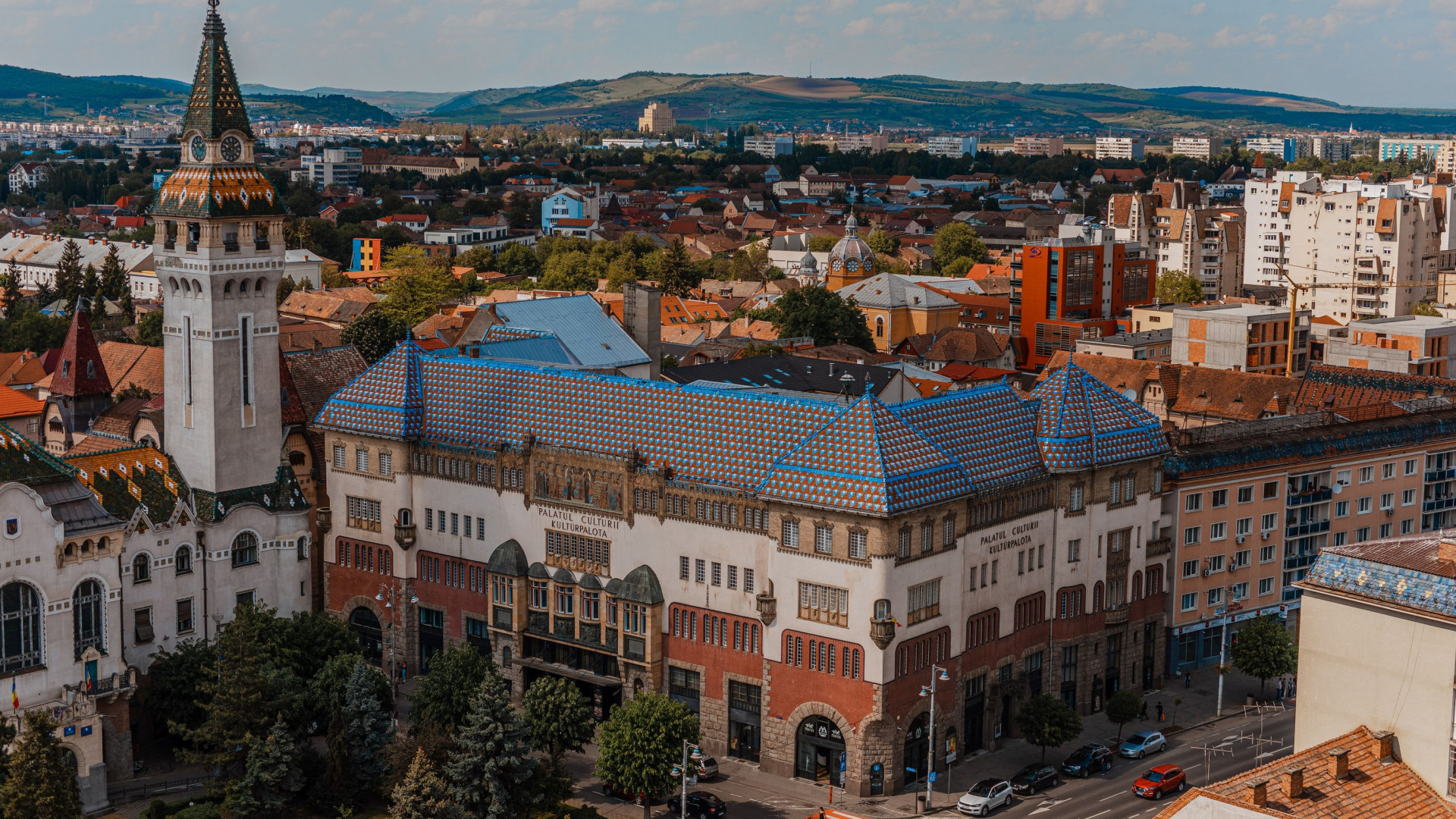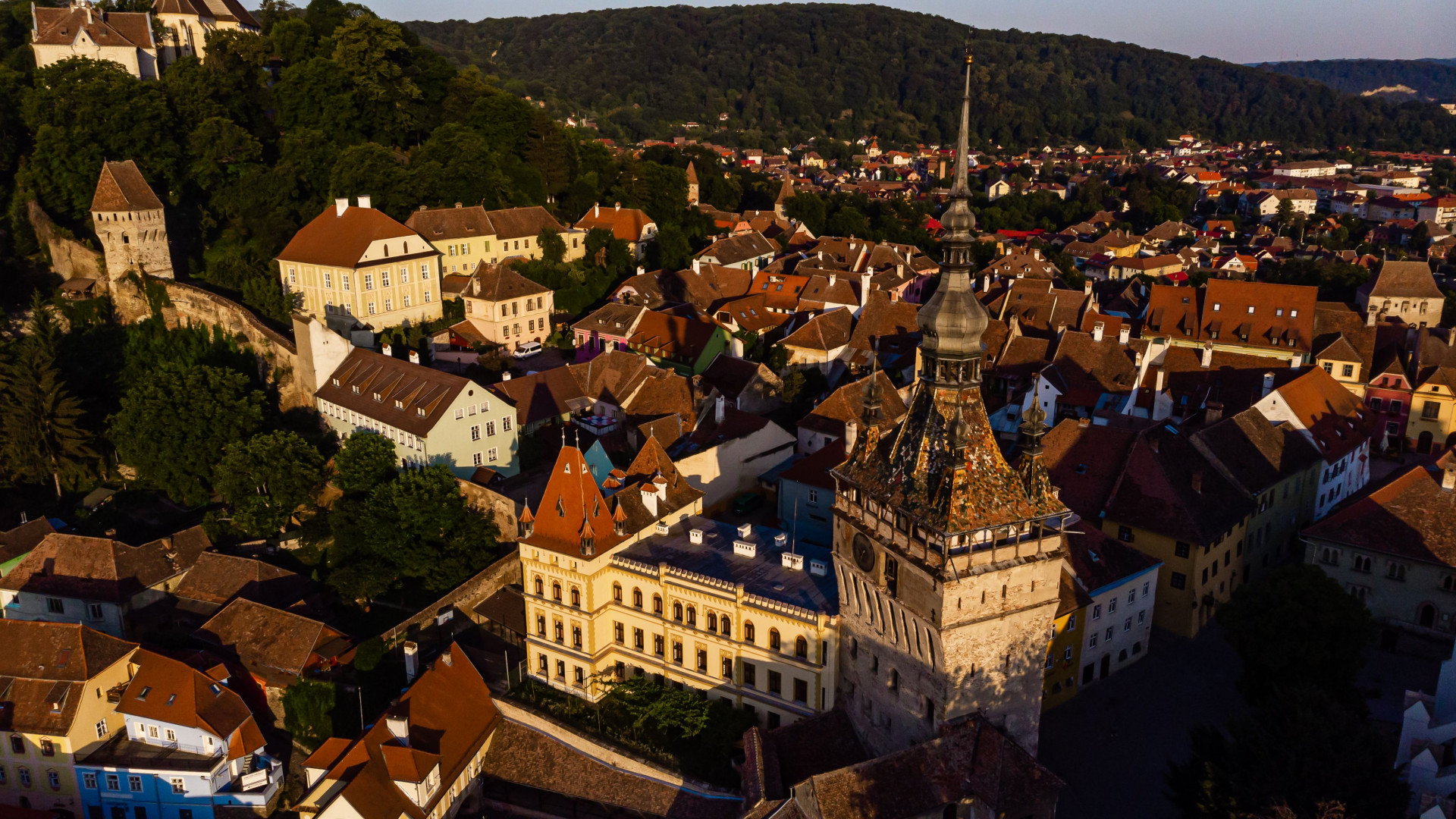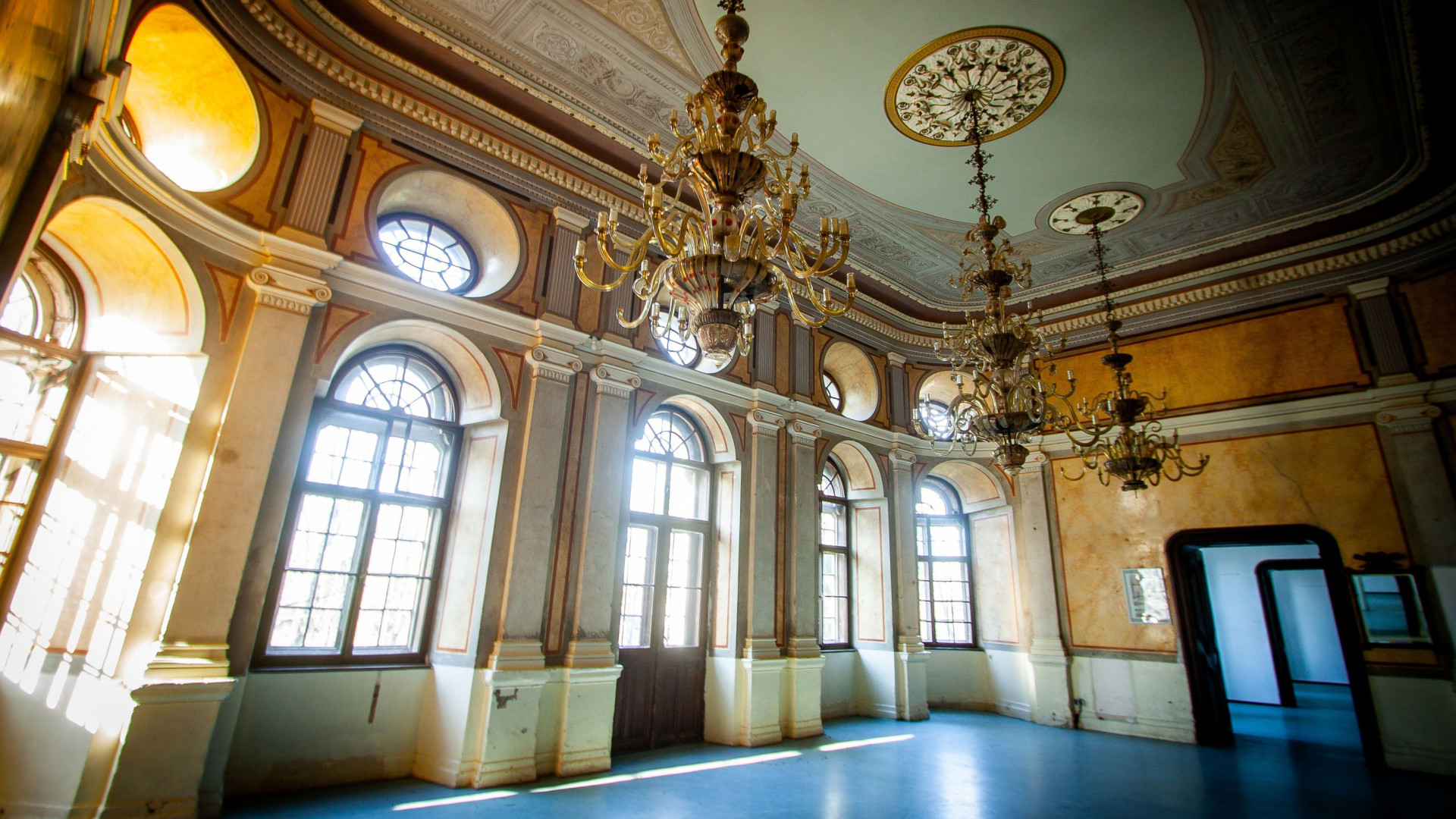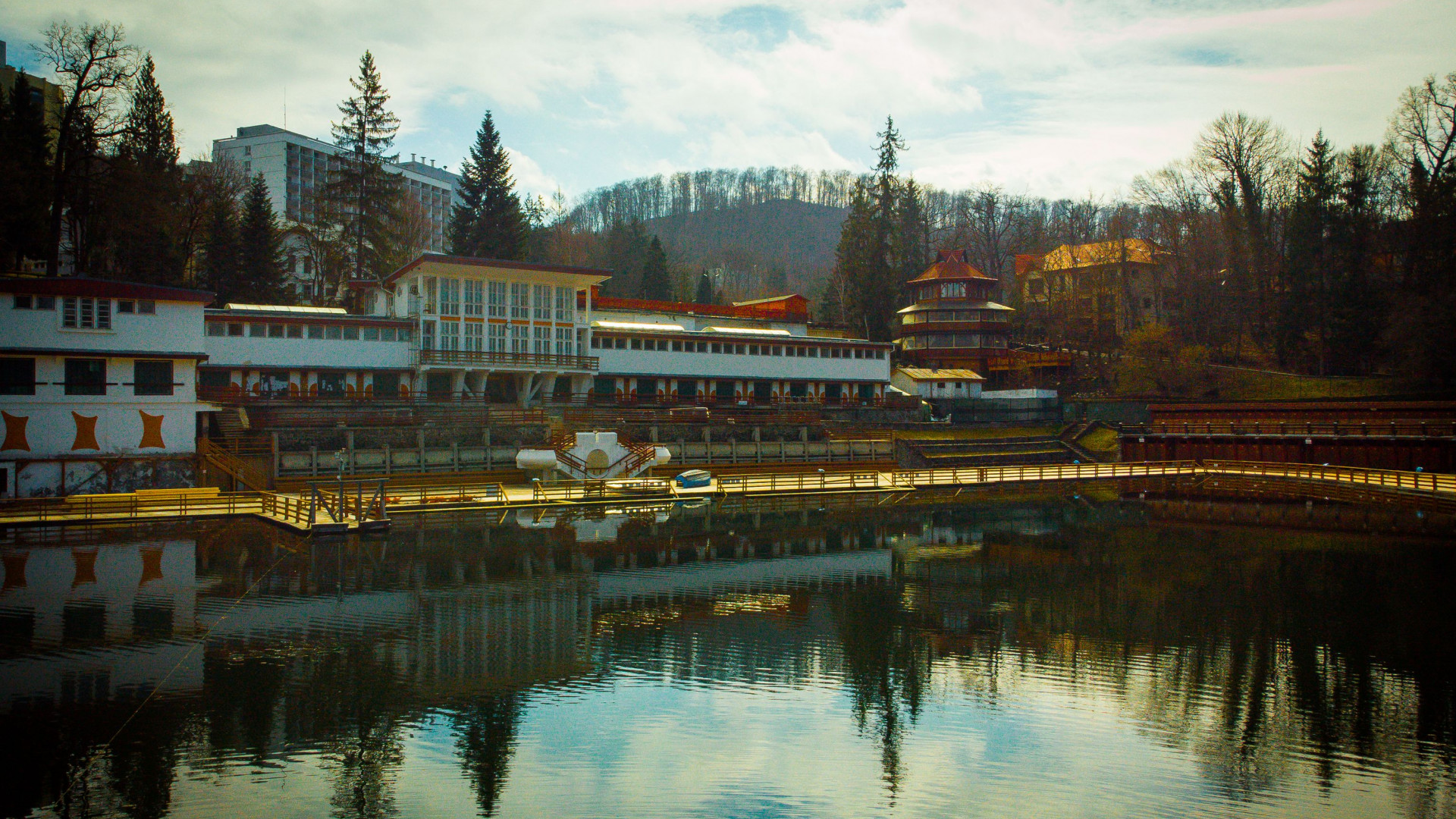Planning an exciting long weekend in Mures County
Rich in history, Mures county is located in the central area of the Transylvanian plateau and is recognized for its picturesque landscape and the resorts it has in the area. A single weekend is not enough to visit all that this county has to offer, but a long weekend will help you to form an opinion about these multi-ethnic lands that deserve more attention from tourists.
In our county you will discover delicious food, special monuments, historical buildings and one of the best-kept Zoos in Romania. We have prepared for you an itinerary for 5 days in our county, where we’ll mention both well-known and less-known attractions. Five days full of history, adventure and relaxation.
Day 1
We start the itinerary with a walk through Mures. In this city, there are very beautiful places worth visiting: from historical monuments to parks and cultural institutions. Take each street step by step and discover the city in a different manner.
Start your journey at the corner of the Palace of Culture, where the tourist information office is located. From here you will be directed to all the tourist attractions that deserve your attention in the city. A walk on the main street in the center will take you to the Palace of Culture and the Administrative Palace, this Art Nouveau architectural corner, whose more colorful roofs you will notice from afar. Visit the Palace of Culture and discover the masterpiece of the architect couple Komor Marcell and Jakab Dezső, dating from 1911-1913. Both buildings are located at the south-west end of the Roses’ Square along which you will also find some nice terraces where you can stop for a coffee or enjoy a delicious brunch.
The synagogue in Târgu Mureș is also a valuable tourist attraction for those visiting this city, being one of the largest in Transylvania. In the courtyard there is a museum dedicated to the life and history of the local Jewish community, called The Israel Corner.
For history enthusiasts, the Medieval Citadel is an objective that must be on the list of places to visit. In its current form, it goes back to the beginning of the 17th century and has an area of 4.3 ha in the form of a fortified enclosure with 7 bastions united by 10 m high walls. Inside the fortification there is the Reformed Church of the Cidatel and The History and Archeology Museum, but also an art gallery and the museum of the UMFST University in Târgu Mureș.
During the walk along the Roses’ Square you can also discover the Museum of Ethnography and Folk Art located in the Toldalagi Palace, where you can admire the award-winning exhibition - Mures in the trenches of the Great War.
To end this day with something different, we recommend you visit the Zoo. It is the largest in Transylvania and has about 500 different species of animals. If you are on vacation with children, this place will certainly be their favourite place!
Day 2
If on the first day we showed you the urban life, on day 2 we come with some proposals for attractions outside the city and more precisely some locations in nature and something for adrenaline junkies. Călimani National Park is an area worth seeing if you come to our region. Part of the Eastern Carpathians, the Calimani Mts. are some of the most massive mountains in Romania, and if you happen to be passionate about hiking, we really recommend the route to the Pietrosul Peak (2100 m), their highest peak or The God’s Chair, both with absolutely gorgeous views!
As long as you are headed in this direction, stop in Reghin, a medieval Saxon town, where you can visit the Evangelical Church, the Wooden Church, the Fountain with Coats of Arms or Anton Badea open-air ethnographic museum. Here you can also visit one of the luthiers' workshops, as Reghin is the only town in the country where stringed musical instruments are manufactured. Visit the Tourist Information office for more details.
Day 3
A little closer to Târgu Mureș there are 2 castles full of history: Teleki Castle and Kemény Castle.
Kemény Castle was originally built in Gothic-Renaissance style, taking on late Baroque shapes after 1818. It is located in Brâncovenești in Mureș County and it dates back to 1558. The castle can be visited, as by the descendants of the Kemény family, the last owners, have claimed it and won it back after the nationalization or the communist regime. What is notable about this castle are the 4 towers and the picturesque balcony with stone consoles above the entrance.
Teleki Castle, another treasure of the Mureș Valley, is located in Gornești, 17 km from Târgu Mureș and was built in Baroque style between 1772 and 1803, under the guidance of three generations of the Teleki family. The castle is aligned with the so-called Grassalkovich palaces, the characteristic being the "U"-shaped plan of the building, and the cupola above the main entrance with a beautiful English style park.
Continue this day with Sovata resort, the right place for any age category, which is among the most sought-after resorts by Romanian and foreign tourists for the therapeutic and relaxation possibilities that the area offers. Known as the resort of salt lakes, Sovata is home to the largest heliothermic lake in the world and the only heliothermic salt lake in Europe, surrounded by abundant vegetation – The Bear Lake.
Also in Sovata you can opt for a thematic route around the Bear Lake, namely the Salt Road. It covers a route that surrounds the lakes of the resort, thus also reaching the Salt Mountain, which has informative panels where you can discover interesting information about the ecosystem of the approx. 70 ha of protected area . A leisurely walk around Bear Lake can lead you to the Panoramic Tower located above the resort, from the top of which a beautiful panorama opens up to the city below.
Day 4
Dedicate a whole day to walks through the citadel of Sighisoara and its surroundings. Only 54 km from Târgu-Mureș, the citadel brings thousands of tourists from all over the world annually. The medieval citadel was built by the Saxons starting from the 12th century, the walls were almost a kilometer long, and the defense towers belonged to the craftsmen's guilds.
The Citadel, listed as a UNESCO World Heritage Site, is worth visiting for its medieval atmosphere, with cobbled streets, the Clock Tower, the Wooden Covered Stairs and the buildings, which have preserved their medieval appearance to this day. It is assumed that the Wallachian ruler Vlad Țepeș, known to those abroad as Count Dracula, was also born in this citadel.
If time permits, close to the beautiful medieval town, only 8 km away, is the Breite Plateau, where you can hug centuries-old trees. This place is recognized as the largest meadow with centuries-old oaks and gorse in Central-Eastern Europe. In this reserve there are more than 600 trees between 350 and 450 years old, but there are also some specimens that have reached the age of 800 years.
Not far from here, in Criș, you can admire perhaps the most beautiful Renaissance castle in Transylvania. Bethlen Castle was built starting with the 15th century, and the complex remained in the property of the Bethlen family until nationalization. The castle impresses especially with the Archers' Tower, a cylindrical donjeon on 5 levels, but also with the arched wing, which dates from 1559.
Day 5
Just 20 km from Sighisoara, Saschiz takes you to a completely different world. The town has become famous for the repeated visits of Prince Charles, the then heir to the British Crown, but this is not the only reason why people visit this place. There is also a fortified church that belongs to the UNESCO heritage list and also the Saschiz blue pottery.
If you want to learn more about the art of clay and spin the potter's wheel through the history of the Saxons, you must visit the Pottery Workshop in Saschiz. Known as sgraffito, the technique involves applying a layer of glaze to the clay object. The Blue ceramics of Saschiz uses a technique that is hundreds of years old and it comes to life in the hands of a young man named Marinel Gyorfi.
Just a few km from Saschiz are two other fortified churches, cultural and architectural heritage of the Transylvanian Saxons, namely the church of Archita and the one of Apold. Thus, you can have a day dedicated to Saxon culture.
These would be just some of the wonders you can see in our county, and the list can go on. Mureș County is not to be avoided. We have such a rich history and such complex architecture that it is worth spending a few days in this multi-ethnic and multicultural area.



